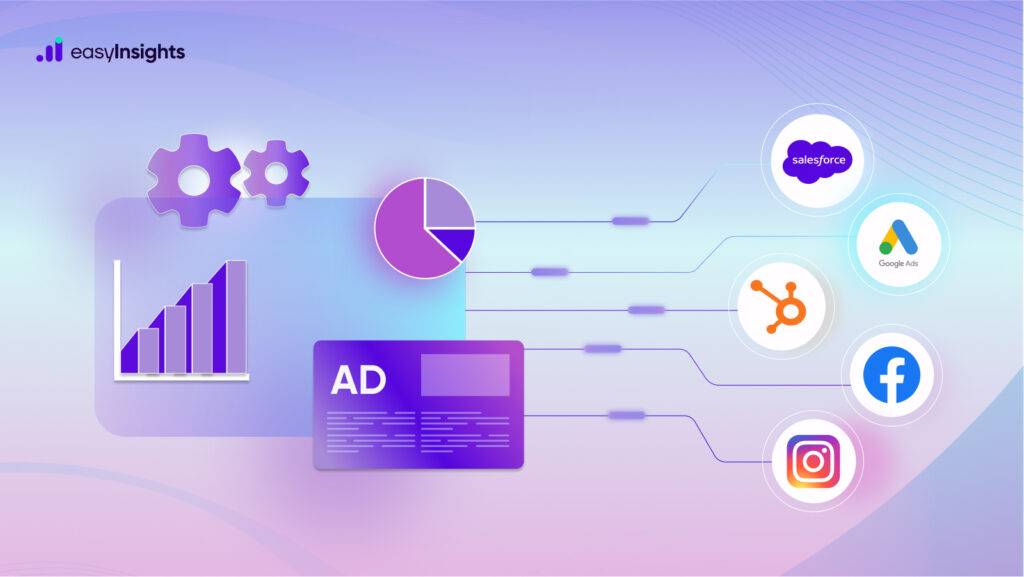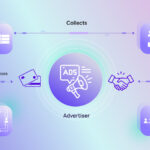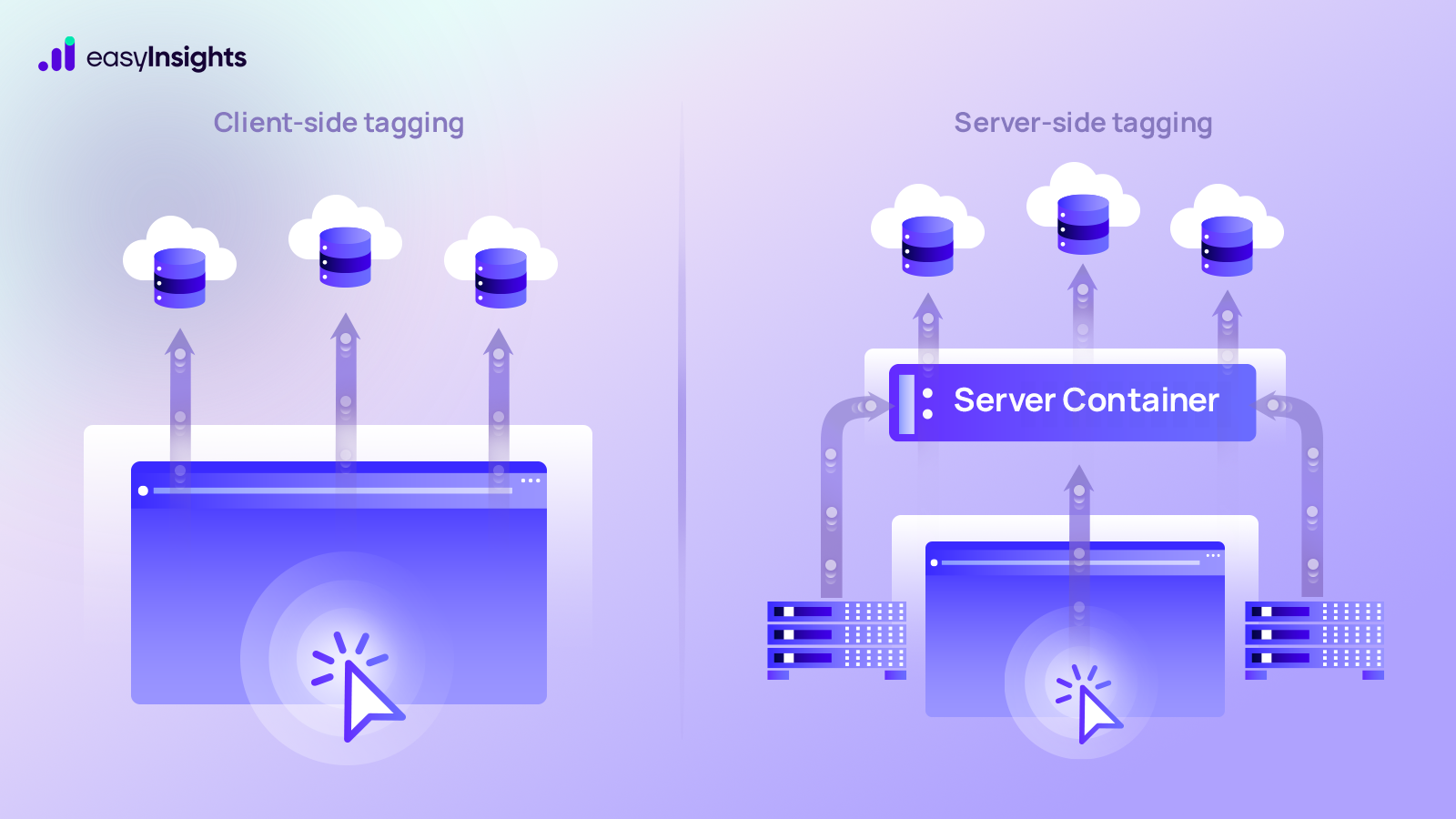
It’s surprising how much valuable data goes unused on average, as brands tap into only a fraction of the information they collect. With data scattered across thousands of disconnected tools and platforms, making sense of it all becomes a major challenge. This data fragmentation limits decision-making, slows down progress, and holds back growth. Data activation is the key to overcoming this – it ensures that your data doesn’t just sit idle but is actively used to drive better outcomes.
Rather than letting data sit valueless in reports or dashboards, data activation ensures it’s put to work delivering insights to the right teams, at the right time, so they can take meaningful action.
In this blog, we’ll break down what data activation really means, why it’s essential in today’s data-driven world, and how it can transform the way your brand operates, from improving customer experiences to powering real-time decisions.
Jump ahead to:
What is Data Activation?
Data Activation is the process of turning raw data, often collected from various sources like websites, CRMs, social media, or apps, into meaningful actions that drive brand outcomes. In simple terms, it means using your data to do something useful, such as personalizing marketing campaigns, improving customer experience, or boosting sales.
Why Data Activation Matters
Data activation transforms your raw data into a valuable teammate that helps your brand perform at its best. Without it, you’re essentially flying blind or relying on guesswork. With effective data activation:
- Marketing runs smarter campaigns that drive better conversions.
- Sales teams engage the right leads at the right time.
- Customer success reduces churn by proactively addressing issues.
- Product teams make informed decisions based on real user behavior.
How Does Data Activation Work?
1. Understand Your Data Landscape
The first step in data activation is gaining visibility into your current data ecosystem. This involves:
- Auditing data sources like CRM platforms, websites, mobile apps, social media, and offline touchpoints.
- Understanding where data is stored (e.g., data warehouses, cloud storage, third-party tools).
- Identifying who has access to what and pinpointing information gaps that may hinder a complete view of the customer journey.
2. Unify and Centralize Your Data
After mapping your data, the next step is integration. This means:
- Consolidating fragmented data from multiple platforms into a single source of truth, often a data warehouse or customer data platform (CDP).
- Ensuring the data is structured, consistent, and easy to access across systems.
3. Clean and Enrich Your Data
Raw data can be messy and incomplete. Before activation, you must:
- Clean your data by removing duplicates, correcting errors, and resolving inconsistencies.
- Use unique identifiers like emails, phone numbers, or customer IDs to merge different data points into one unified customer profile.
- Enrich data where necessary with third-party sources or in-house analytics to add context like purchase intent, location, or lifetime value.
4. Segment and Model Your Audiences
Once you have unified and enriched profiles, you can begin identifying patterns and creating value:
- Segment customers based on behavioral signals, demographics, past purchases, engagement, and more.
- Apply predictive modeling or lookalike modeling to identify high-value prospects or churn risks.
5. Activate Your Data Across Channels
This is where your cleaned and segmented data becomes operational:
- Push data into marketing automation tools, CRMs, ad platforms, email systems, or sales dashboards.
- Use it to power personalized campaigns, real-time recommendations, sales enablement, or cross-channel analytics.
6. Measure, Optimize, and Iterate
Activation doesn’t stop at deployment:
- Feed data back into the pipeline to create a closed-loop system that learns and evolves.
- Continuously monitor performance through KPIs like conversion rates, engagement, retention, or ROI.
- Use insights to refine segments, update models, and improve targeting.
Additional Read: Farewell to Third-Party Cookies: Refining Retargeting Tactics
How Does Data Activation Help Marketers?
Data activation gives marketers the power to move beyond guesswork and make data-driven decisions that drive real results. By using customer data to deliver the right message, to the right person, at the right time, marketers can create more personalized, effective, and measurable campaigns. Here’s how it helps:
1. Delivers Personalization That Converts
With data activation, marketers can adjust content, offers, and ads based on each user’s behavior, preferences, and purchase history.
Example: A user who browsed running shoes gets an email with a discount on those same shoes not a generic product blast.
2. Improves Targeting and Segmentation
Instead of marketing to everyone the same way, data activation helps you group users into meaningful segments like first-time buyers, repeat customers, or high-value leads and target them differently.
You can show premium product ads only to high-spending customers or re-engage inactive users with special offers.
3. Enables Real-Time Marketing
Activated data lets marketers respond to customer actions instantly such as sending a push notification after a cart is abandoned or displaying a timely ad after someone views a product.
4. Boosts Campaign Performance & ROI
By activating data, marketers can identify what’s working and what’s not. This makes it easier to optimize campaigns and reduce wasted ad spend.
Example: If a campaign is underperforming with one segment, marketers can shift budget to a better-performing group in real-time.
5. Strengthens Omnichannel Strategy
With data activation, marketers can sync user data across all channels email, ads, social media, websites, and apps ensuring the user sees a consistent, personalized experience wherever they go.
Imagine seeing a product in a Facebook ad, getting a follow-up email, and seeing the same product on the brand’s homepage all connected. Result: Better user experience and brand trust.
6. Drives Customer Loyalty and Retention
When users receive timely and relevant communication, they feel understood. This builds stronger relationships and increases the chances they’ll stick around.
Potential customers are more valuable over time and data activation helps keep them engaged.
Additional Read: Why is Data Maturity Important?
Activate Your Business Data with EasyInsights
Data activation is an important step in data management for every organization aiming to attain data maturity. It requires a robust activation platform that is not only flexible but accessible to all. If you are looking for such a solution for your team, you must check out EasyInsights.ai.
EasyInsights.ai is an end-to-end data automation platform. It is the only tool you need for all your ETL and reverse ETL workflows. This platform automates data collection from over 50 business applications, funneling it directly into your data warehouse.
What sets EasyInsights apart is its user-friendly interface, designed to simplify the processes of cleaning, transforming, and creating comprehensive data views. Moreover, custom attributions and tailored integrations give a clear picture of campaign performances, source-driven acquisitions, and LTV.
To activate your data Book a demo today!








